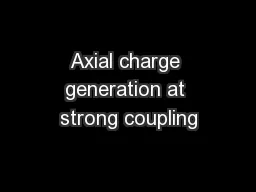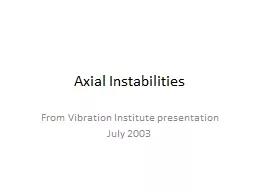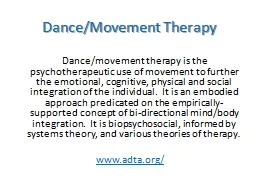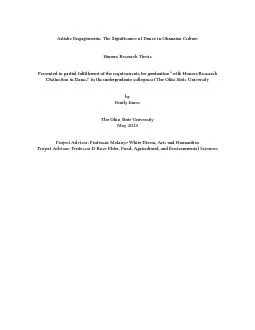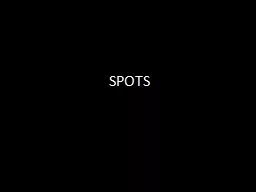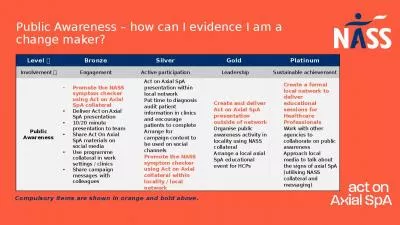PPT-Axial vs Locomotor Movement in Dance
Author : marina-yarberry | Published Date : 2017-03-20
Axial Movement Axial movement refers to an element of dance in which dancers stay anchored to one place by a single body part while using available space in any
Presentation Embed Code
Download Presentation
Download Presentation The PPT/PDF document "Axial vs Locomotor Movement in Dance" is the property of its rightful owner. Permission is granted to download and print the materials on this website for personal, non-commercial use only, and to display it on your personal computer provided you do not modify the materials and that you retain all copyright notices contained in the materials. By downloading content from our website, you accept the terms of this agreement.
Axial vs Locomotor Movement in Dance: Transcript
Download Rules Of Document
"Axial vs Locomotor Movement in Dance"The content belongs to its owner. You may download and print it for personal use, without modification, and keep all copyright notices. By downloading, you agree to these terms.
Related Documents


